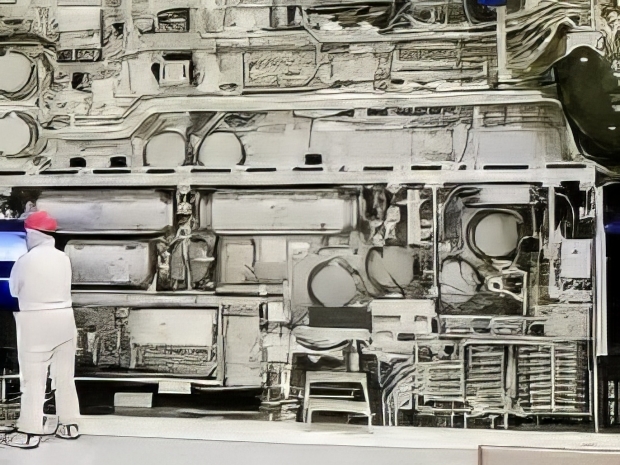The machine, costing a hefty €348 million ($373 million), is as big as a double-decker bus and tips the scales at over 150 metric tonnes. It made its way to Oregon packed in over 250 crates, stowed away in 43 freight containers. These containers flew on several cargo planes to Seattle before being trucked down to Oregon on 20 lorries. Each new system weighs in at more than 150 metric tonnes.
Intel Fellow and director of Lithography, Hardware, and Solutions for Intel Foundry Logic Technology Development Mark Phillips said that with the addition of High NA EUV, Intel will have the most well-rounded lithography toolbox in the industry, enabling the company to drive future process capabilities beyond Intel 18A into the second half of this decade.
The plan is to put this kit to work on developing Intel's 14A generation of chips come 2025, with the wheels set to start turning on early production in 2026 and full-scale commercial production expected by 2027.
High NA EUV is touted to print features up to 1.7 times tinier than what current EUV tools can manage. This tech is set to enable 2D feature scaling, which could lead to a density increase of up to 2.9 times.
When compared to 0.33NA EUV, High NA EUV (or 0.55NA EUV) promises higher imaging contrast for similar features. This means it needs less light per exposure, cutting down the time needed to print each layer and potentially boosting wafer output.
Chipzilla’s game plan includes using 0.33NA EUV and 0.55NA EUV, along with other lithography processes, in developing and manufacturing ICs. This will start with product proof points on Intel 18A in 2025 and continue into the production phase of Intel 14A.
Intel's strategy aims to fine-tune process technology for both cost-effectiveness and performance.
Despite Intel co-founder Gordon Moore being an early backer of the EUV concept and Intel pouring several billion dollars into its development at ASML, the company dragged its feet on adopting EUV tools in manufacturing, opting instead for multi-patterning. This hesitation led to Chipzilla falling behind the frontrunners in process technology.

